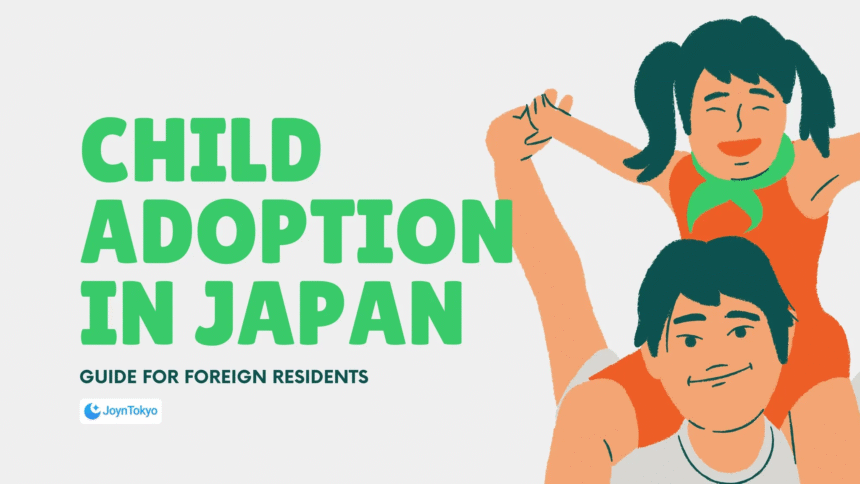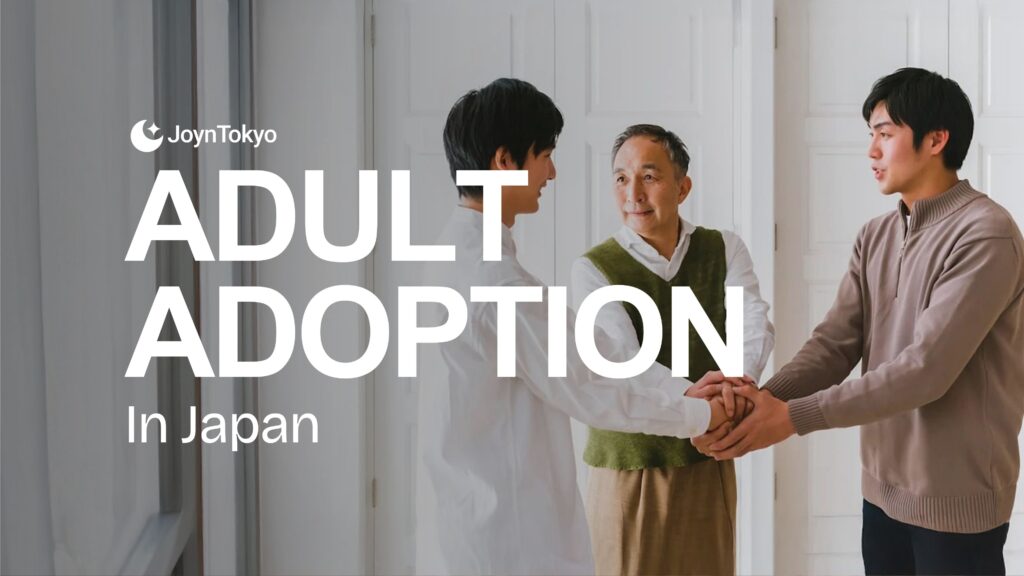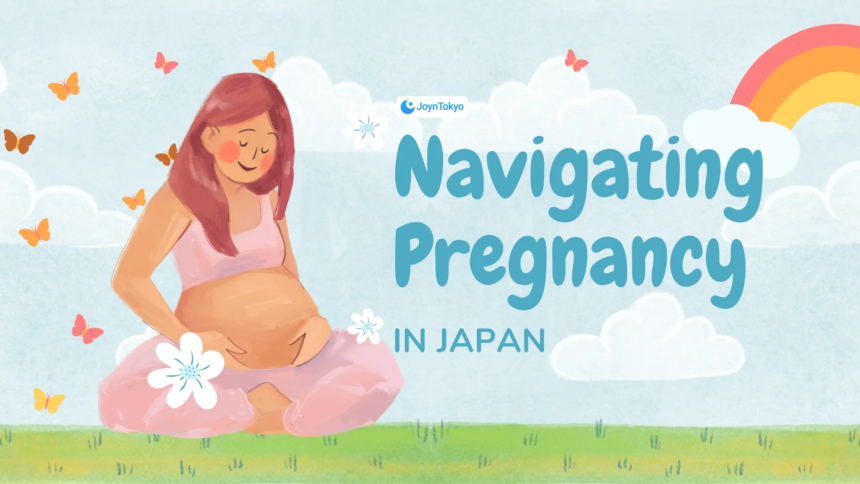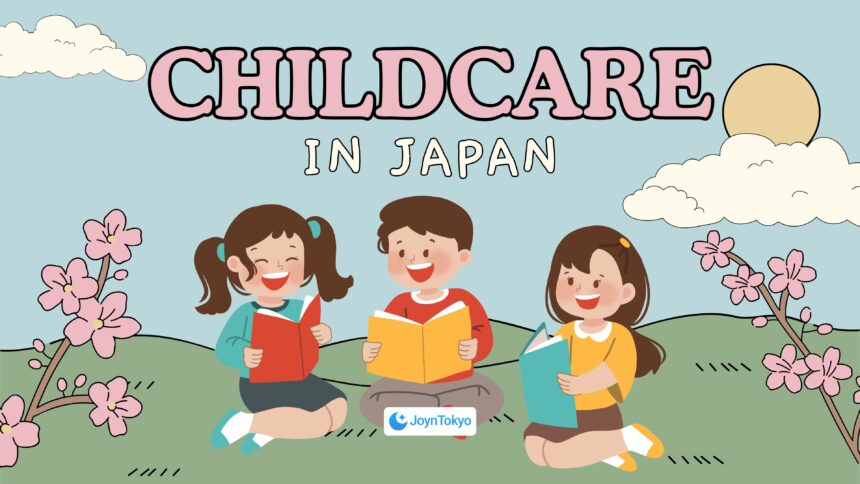Today, foreign residents in Japan increasingly look to adoption or foster care when they want to build a family. If you’re one of them, then this guide will walk you through the different legal avenues, how you can apply, each procedural stage you’ll need to go through, and the English‑language support available. It won’t always be easy, but you can do it!
Understanding Japan’s Adoption and Foster‑Care Framework
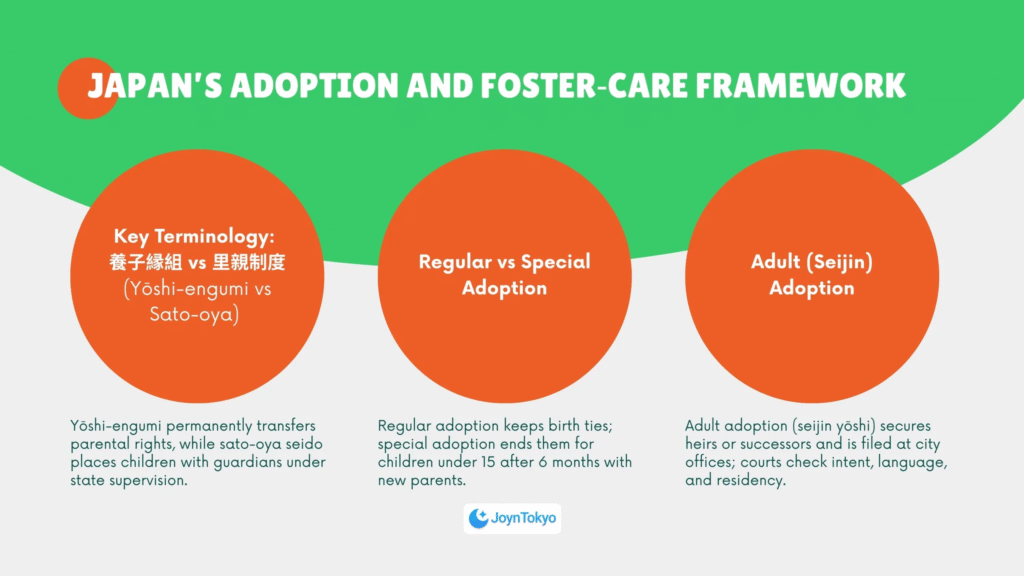
Japan differentiates clearly between permanent adoption (養子縁組, yōshi‑engumi) and foster care (里親制度, sato‑oya seido). Recognizing which path fits your goals will save time and heart‑ache later.
Key Terminology: 養子縁組 vs 里親制度
Yōshi‑engumi permanently transfers parental rights, whereas sato‑oya seido places a child with temporary or long‑term guardians while the state retains oversight.
Regular vs Special Adoption
Typically, adoption maintains the child’s legal connection to its birth parents.
Special adoption (特別養子縁組) — comparable to Western practice — severs that tie. The child must be under 15 years old and live with the prospective parents for at least six months.
Adult (Seijin) Adoption
Adult adoption (成人養子, seijin yōshi), often used to secure heirs or business successors, is filed at the municipal office. Courts assess genuine familial intent, language ability, and residency.
Eligibility Requirements for Foreign Residents
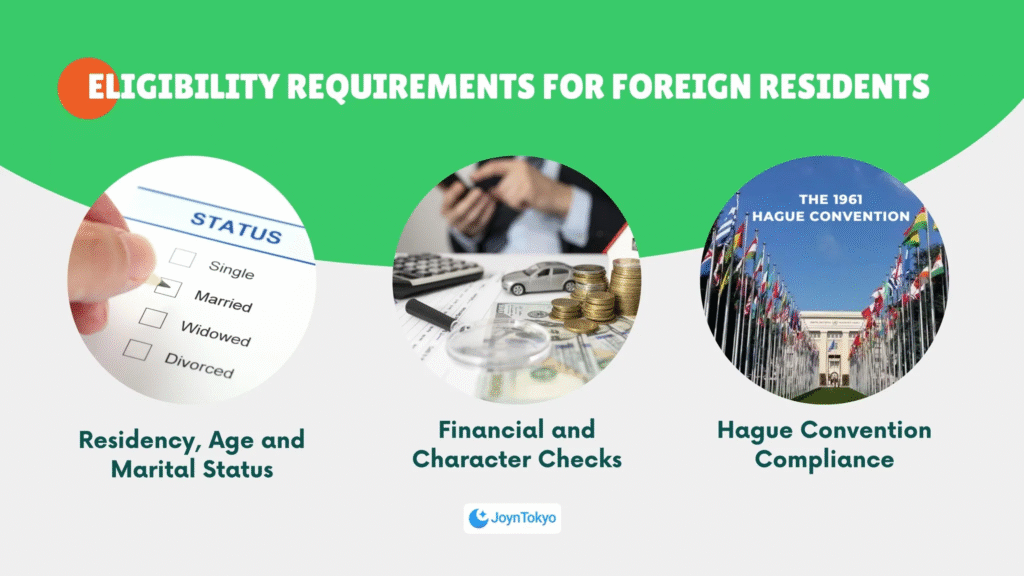
Japan’s Civil Code, the 2014 Hague Convention implementation, and home‑country immigration rules all apply.
Residency, Age and Marital Status
- At least one applicant must be a long‑term resident of Japan.
- Couples should be aged over the age of 25, though one partner may be 20 if the other is over 25
- Single parent applicants are accepted, but wait‑lists are longer. In Japan, married couples are prioritized for adoption.
Financial and Character Checks
Family courts verify income, housing, health, and any criminal history. No fixed salary threshold exists, as that would, one day, become inadequate. However, stable employment and suitable accommodation are mandatory.
Hague Convention Compliance
If you plan to emigrate with an adopted child, an accredited agency such as ISSJ will conduct a home study and liaise with both governments — the Japanese government, and the government of your destination.
The Adoption Process Step‑by‑Step
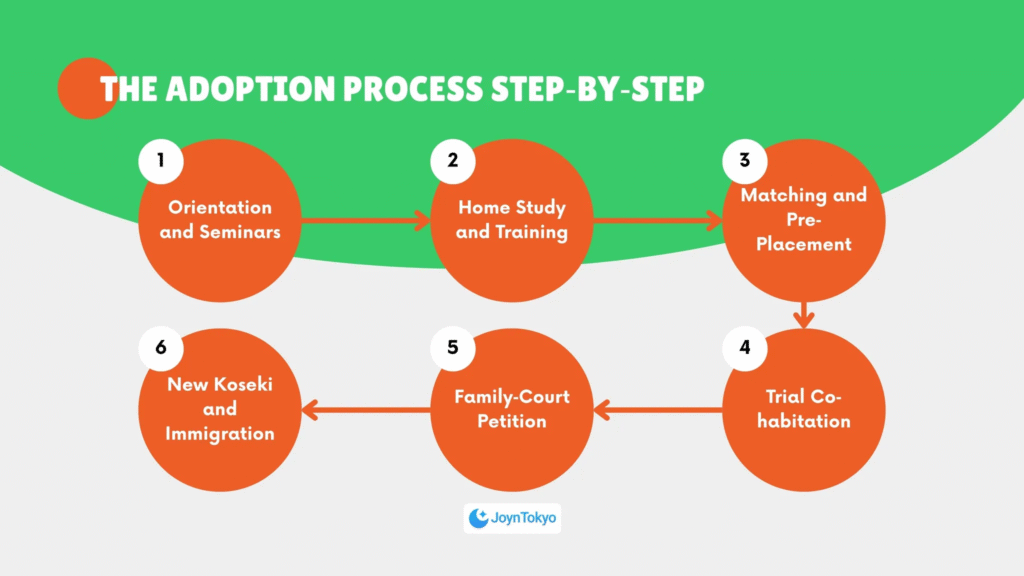
Expect 12 to 24 months for domestic cases; Hague cases may take longer.
1. Orientation and Seminars
Contact your prefectural Child Guidance Centre (*Jidō Sōdan‑sho/*児童相談所) or a licensed agency. Introductory seminars cover legal duties, attachment theory, and cultural issues.
2. Home Study and Training
Social workers will visit your home, review your finances, and observe interaction with any existing children. Prefectures run mandatory workshops, and volunteer interpreters are sometimes available, depending on your location.
3. Matching and Pre‑Placement
Once approved, social workers will propose children whose needs are the best match for your profile. Supervised visits progress to overnight stays, with written bonding reports.
4. Trial Co‑habitation
Special adoption requires six months of co‑habitation under monitoring by the authorities.
5. Family‑Court Petition
Your solicitor submits a petition to the family court. Hearings are document‑based; you may attend a short interview with an interpreter.
6. New Koseki and Immigration
After approval, the court orders a new family‑register entry. If moving overseas, liaise with your embassy for the child’s visa or citizenship.
Foster Care (里親制度): A Parallel Path
Many expatriates become foster parents to help in their community, as well as live even more fulfilling lives. Foster placements can sometimes evolve into special adoption.
Becoming a Foster Parent

- Attend municipal information sessions.
- Pass background and home‑study checks.
- Complete at least 15 hours of training (varies by prefecture).
- Renew certification every three years.
Allowances and Support
Standard yōiku teate (養育手当) for yōiku sato‑oya is about ¥90,000 per child per month, with additional allowances for schooling and clothing that can raise support by ¥30,000–¥40,000. Amounts vary by municipality.
Adult Adoption: Practicalities for Foreigners

The adoptee must give written consent, and any disputes will be settled in family court. Immigration status does not change automatically — file for a new residence status separately.
Point of Interest
While is might sound strange, it is also not unheard of for couples in same-gender relationships to adopt their partner as their child. More information can be found at the Japan Gay Guide.
Read More
Post‑Adoption Support and Resources
Raising an adoptee cross‑culturally involves identity and language challenges.
- Child Guidance Centers: free counseling in Japanese.
- ISSJ (International Social Service Japan): English resources and home‑study services.
- Bridge for Smiles: peer‑support meet‑ups and mentoring schemes.
- Private Therapy: budget roughly ¥10,000 per session in Tokyo.
Practical Tips
- Retain a bilingual family‑law solicitor.
- Budget ¥3,000 – ¥5,000 per translated page for official paperwork.
- Engage international parent groups early for prefecture‑specific advice.
- Set aside a contingency fund for private therapy or specialist education.
Key Takeaways
In short, begin by deciding which route — permanent adoption, foster care, or adult adoption — best fits your family’s goals, and confirm that you meet Japan’s residency, age and Hague Convention requirements before applying. Embrace the mandatory seminars and detailed home‑study, rely on bilingual professionals and peer networks to smooth out paperwork quirks, and approach every stage with patience and cultural sensitivity. Taken together, these steps will turn Japan’s complex adoption framework into a reliable path toward building a secure, cross‑cultural family.

